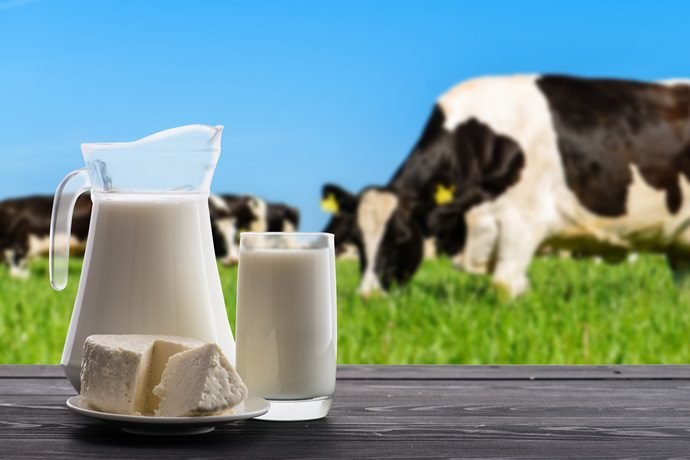The global dairy market continues to face downward pressure as fundamentals weaken, driven by expectations of stronger EU milk supplies in the coming months. Rising production, sluggish export demand, and a faster-than-expected build-up in EU butter inventories are intensifying price pressures across the sector.
Favourable farmgate prices, minimal disease outbreaks, shifts in calving patterns, and ample availability of low-cost feed support the expansion in EU milk output. While processors have limited over-production of cheese, supplies of cream, butterfat, and skim solids remain abundant, leading to increased butterfat imports and a gradual loss of EU cheese export market share.
In the United States, the market remains oversupplied, with 2.1% more dairy cows than in June 2024, pushing milk production higher. Labour market pressures, inflation, and weakened consumer demand are dampening dairy consumption, though lower butter prices may stimulate domestic demand and exports. New Zealand is off to a strong start in the 2025/26 season, aided by favourable pasture conditions and sustained milk prices. Producers are adjusting product mixes in response to evolving global market signals.
Global dairy trade is expected to expand modestly at lower price levels, driven by rising demand for cheese and fats in developed markets. In Australia, the Q4-25 BOM outlook shows weaker rainfall across eastern regions, though overall precipitation remains above average, with temperatures above seasonal norms and fodder prices under pressure amid an oversupplied grain market.
Cow culling rose 37% in the seven months to July, the highest monthly turn-off in more than three years. Freshagenda forecasts a 2.2% decline in milk solids production for 2025/26, with a lower spring peak due to reduced herd numbers. Higher EU production, steady US output, and evolving conditions in Oceania point to a global dairy market that remains finely balanced, with potential downside risks if demand does not recover soon.
